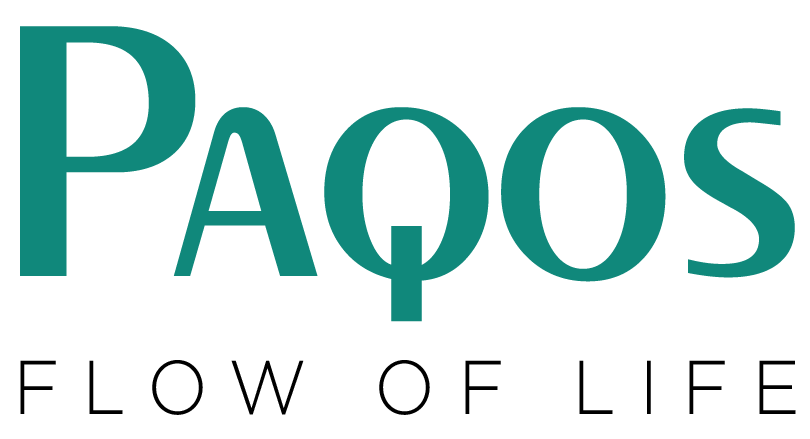As we become more aware of the factors that determine water quality, the term TDS, frequently crops up. Especially when considering RO or Reverse Osmosis systems, understanding TDS in water becomes vital. Knowing the TDS in water can help in choosing the right purification method. Moreover, it can offer insights into the general quality of a region’s water supply. With evolving water purification technologies, staying informed is essential for health.
TDS Explained: What Does it Mean?
What is TDS in water? TDS stands for Total Dissolved Solids, representing the combined total of organic and inorganic substances present in your water. These can range from minerals, salts, metals to other microscopic contaminants. While a certain amount of minerals is essential for health, an elevated TDS in water can be a sign of potential health risks. These risks can range from mere digestive problems to more severe health conditions. Regular monitoring and understanding the source of your water can prevent potential hazards. High TDS often indicates a need for better filtration and purification systems.
The Impact of High TDS Levels on Health
How much TDS in water is good for health? This question is crucial. While a TDS of RO water is generally lower due to the purification process, there’s a balance to maintain. Consuming water with extremely low TDS might mean missing out on essential minerals. Conversely, very high TDS levels can indicate the presence of harmful contaminants. For instance, is 25 TDS safe for drinking water? Typically, a TDS level below 300 ppm is considered safe. It’s essential to cross-check TDS levels with local health guidelines. Maintaining a healthy TDS range ensures optimal bodily functions. Regular water testing can be a preventive measure against diseases caused by contamination.
RO Systems and Their Relationship with TDS
One of their primary functions of RO systems is to reduce the TDS in water. The TDS of RO water is usually on the lower end, but this can vary based on the system’s efficiency and the water source.
Adjusting the TDS in Your RO System
There’s often a concern about the drinking water TDS limit in RO systems. While RO effectively reduces TDS, it’s also crucial to ensure it doesn’t strip water of its beneficial minerals. Modern RO systems come with TDS controllers or modulators, allowing users to adjust the TDS level according to their preferences and the recommended health standards. Adjusting TDS also influences the taste and texture of the water. A balanced TDS level ensures the water is neither too flat nor too mineral-rich.
PAQOS and Their Commitment to Optimal TDS Levels
When we talk about holistic water solutions, PAQOS stands out as a brand dedicated to ensuring the water you consume is of the highest quality. With their advanced RO water system, not only is the TDS of RO water maintained at optimal levels, but every drop also promises purity and health. The technology ensures a balance, providing water that’s both safe and enriched with essential minerals. PAQOS’s commitment to quality and health has made it a trusted name in households. Their systems undergo rigorous testing to ensure adherence to safety standards. Investing in PAQOS means choosing health, purity, and peace of mind.
Conclusion: The Necessity of Monitoring TDS Levels
While natural minerals are beneficial, it’s crucial to be wary of elevated TDS levels, which could be indicative of contamination. With brands like PAQOS, you’re guaranteed water that adheres to the ideal drinking water TDS limit. Understanding the significance of TDS is the first step towards a healthier life. And for those seeking the best in water purification with optimal TDS control, the PAQOS RO WATER PURIFIER comes highly recommended.
